Picture a city of a trillion stars holding its breath. Deep in the core, two invisible heavyweights drag spacetime itself into a tightening spiral, their dance silent yet ferociously bright in everything but sound. Astronomers have chased this mystery for decades, piecing together clues from flickering quasars, slingshotted stars, and ripples that make galaxies tremble without breaking a single window. Now, sharper instruments and smarter sky surveys are finally sketching the full script of a cosmic collision we can’t watch in real time, but can reconstruct like detectives after a spectacular, spotless heist. The stakes are huge: when black holes merge, galaxies change – and so does our understanding of how the universe builds structure.
The Hidden Clues
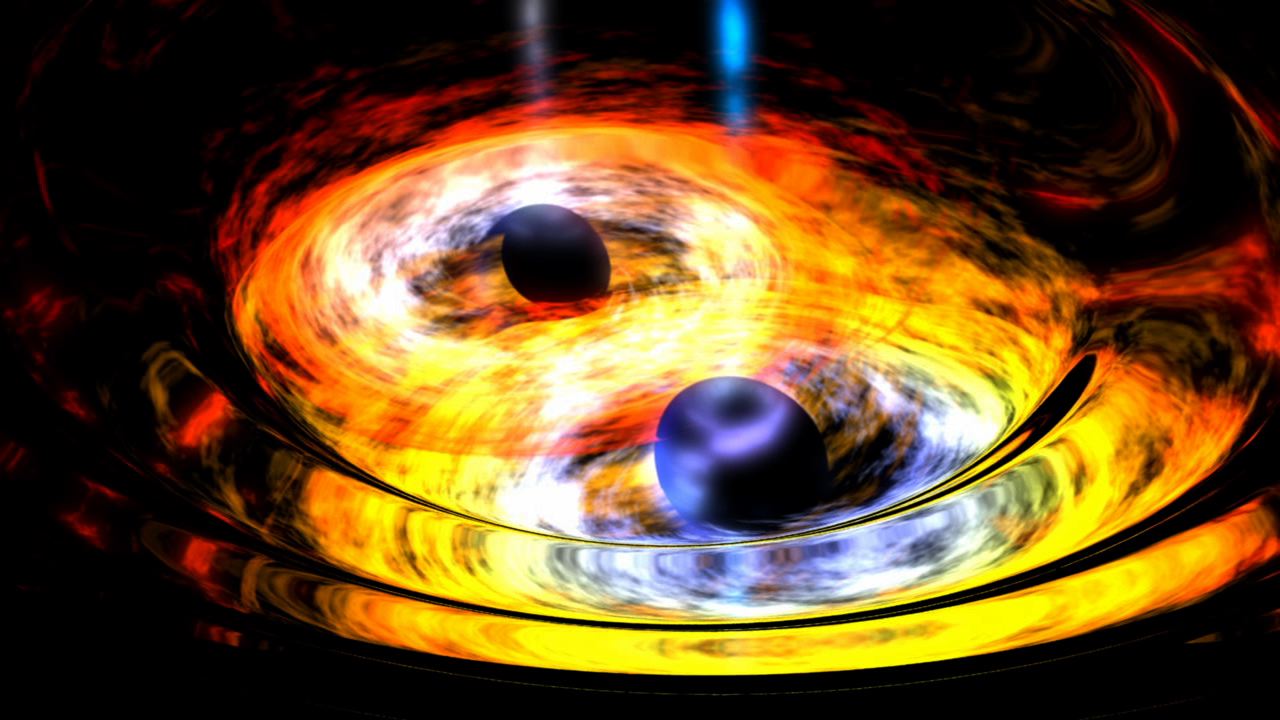
A galaxy can quake without a sound, and that’s the first giveaway. Starlight near the center may pulse on timescales of months or years, hinting at two supermassive black holes tugging at shared disks of gas like rival whirlpools. Jets can swivel, brighten, or sputter, suggesting the engine beneath is being torqued by a second gravity well. In some galactic cores, astronomers see unusually depleted star populations, as if a cosmic snowplow has cleared a lane – classic evidence of two black holes flinging nearby stars outward. These aren’t smoking guns on their own, but together they trace a pattern that is hard to ignore.
Even the gas tells tales. Double-peaked spectral lines can betray two accretion disks or a single disk being yanked around by a binary partner. Subtle, periodic shifts in brightness may echo the orbit of the pair, like the faint beat of a drum behind a roaring crowd. And when there’s dust, mergers can hide in plain sight, their signatures emerging only in infrared or X-ray light. The picture is messy yet compelling: two deep wells of gravity, closing the gap, driving a city of stars to rearrange itself.
From Ancient Tools to Modern Science
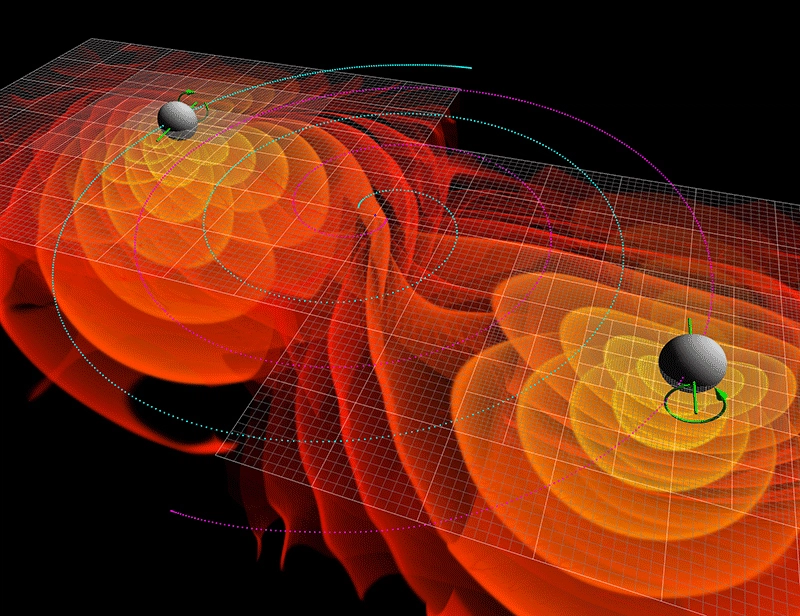
For centuries, gravity was a force that pulled apples and planets – now it’s a language we can listen to. Radio astronomers timing the steady ticks of distant pulsars hunt for nanohertz hums that spread across the sky, a sign of countless supermassive black hole binaries rumbling in concert. On the other end, ground-based detectors have already caught stellar-mass black holes merging, proving spacetime can ring like a bell. Together, these techniques form a ladder across frequencies, from fast clappers to slow thunder, making mergers inside galaxies not just plausible but expected. The idea that galaxies grow by eating other galaxies now includes their central black holes, too.
Optical surveys sweep the heavens night after night, stacking years of light to spot periodic flares that might mark a trapped pair. Space telescopes peer in X-rays to watch hot gas whip around invisible anchors, while radio arrays map jets that kink when an orbiting partner nudges the nozzle. Each instrument sees a different face of the same drama, and only by stitching them together do we get a confident story. The approach feels less like a single photograph and more like a time-lapse mural – imperfect, evolving, and richly informative.
Into the Maelstrom: What the Collision Looks Like

Before the final plunge, the pair spirals inward, shedding orbital energy into surrounding gas and stars. Tidal forces stir the central disk, stoking turbulence that can feed brilliant quasar episodes or snuff them out as the gas is heated and flung away. Imagine two whirlpools that draw in leaves and driftwood, then fling them aside as the currents collide; galaxies do the same with star clusters and dust lanes. As the separation shrinks to light-hours, the system becomes a gravitational siren, its pitch rising even if our ears can’t hear it. The last moments happen fast, but their fingerprints linger for ages.
In some simulations, the merger triggers a final flare as gas plunges inward, briefly boosting the core’s luminosity like a camera flash. The newly formed black hole can wobble from asymmetrical radiation of gravitational waves, a recoil that shifts it from dead center. If the kick is strong enough, the core engine may orbit the galaxy’s heart or, in extreme cases, wander outward for millions of years. All of this drama unfolds behind a curtain that lets almost no light escape, forcing us to study reflections from the set rather than the actors themselves.
Shockwaves You Can’t See: Gravitational Waves Across a Galaxy
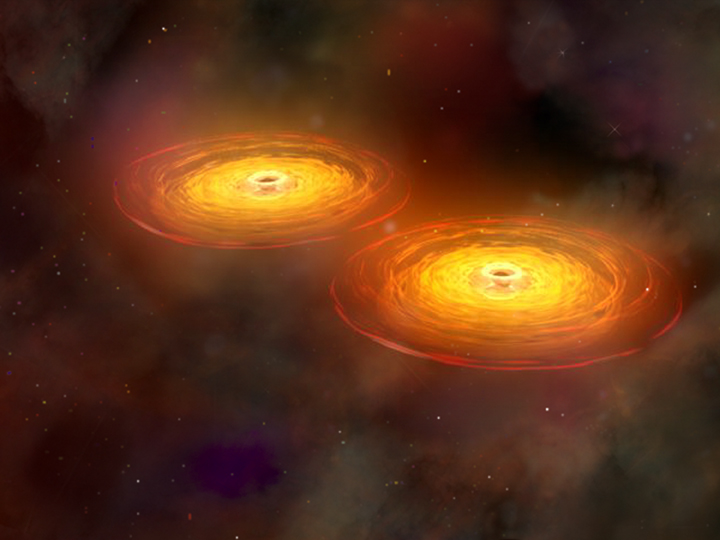
Gravitational waves are ripples in spacetime, not blasts of matter, so a galaxy’s stars barely notice as the signal passes. A merging pair of supermassive black holes near the center will not tear planets from their orbits thousands of light-years away; the waves are astonishingly gentle by the time they reach the outskirts. Yet those waves carry pristine information about mass, spin, and the geometry of the final plunge, turning mergers into natural laboratories. The data can test gravity where it is strongest, a regime no particle accelerator can touch. It’s the cleanest physics experiment the cosmos knows how to run.
There’s a broader soundtrack, too. Many binaries humming together create a background that washes through the Milky Way like distant surf, subtle but measurable with decade-long pulsar timing campaigns. If we can pick out louder soloists from that chorus, we’ll watch individual galaxies host collisions in slow motion, tracking orbits over years before the big finale. That prospect would transform black hole mergers from rare headlines into a continuous beat we can follow.
The Mess Left Behind: Stars, Gas, and Kicked Cores
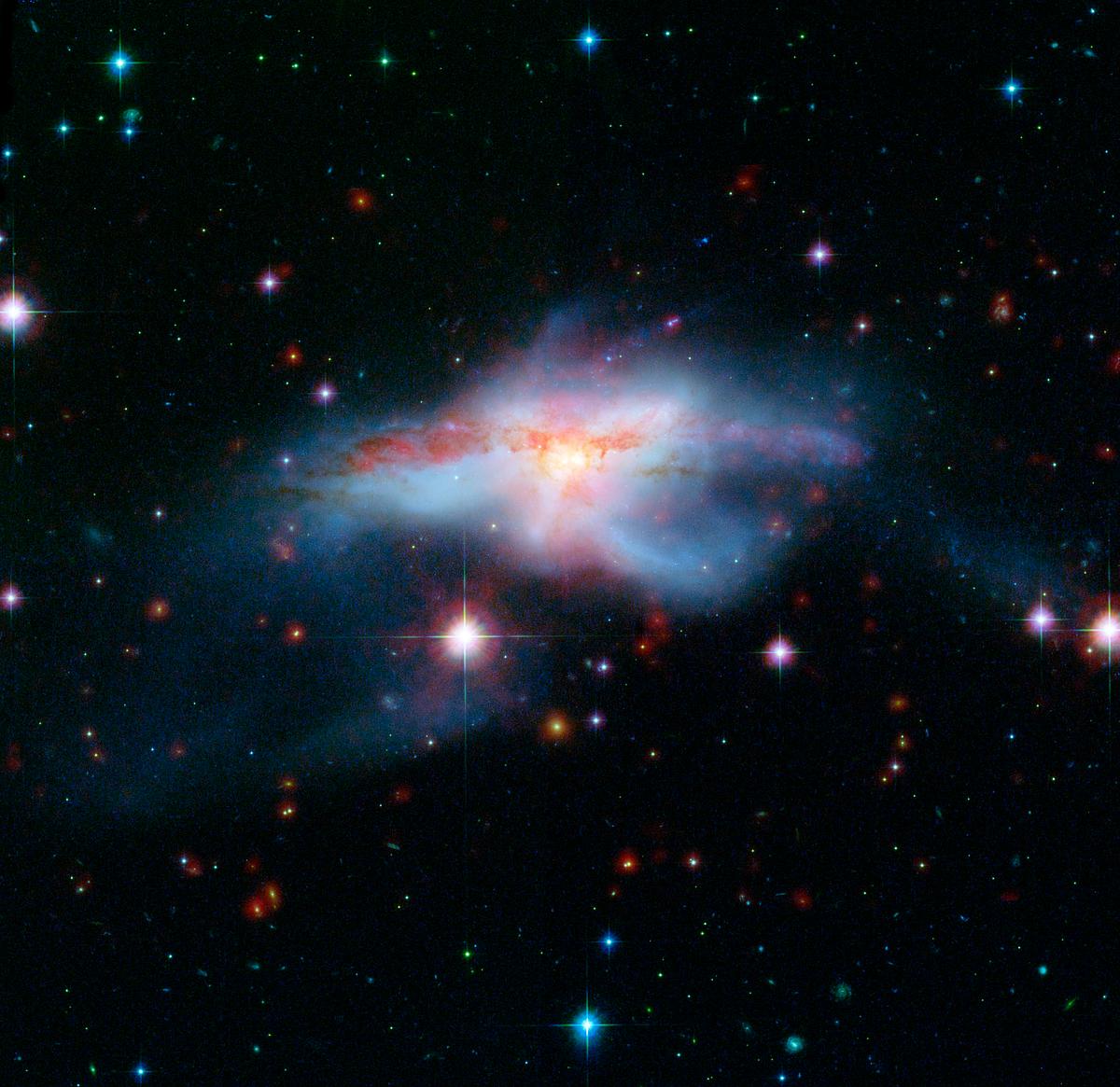
Galactic centers are fragile ecosystems, and a merger rewrites the rules. As the binary slingshots stars, the core can look scoured and puffy, with fewer slow-moving orbits and more refugees on elongated paths. Some stars get flung so fast they escape the galaxy entirely, becoming intergalactic wanderers that carry a fossil record of the collision. Gas can funnel inward to ignite starbursts or get heated and blown out, quenching star formation for eons. Either way, the city plan changes.
After the merger, the newborn black hole may not sit still. A recoil kick can offset it from the galactic center, shifting the location of the active nucleus and leaving asymmetric light echoes in dust. Over time, dynamical friction can drag it back, but the detour leaves its mark on the central stellar population. I still remember the first time I saw a simulation of this recoil – the core looked like a struck gong, vibrating slowly as it settled. Once you see it, you never look at galaxy centers the same way again.
Why It Matters
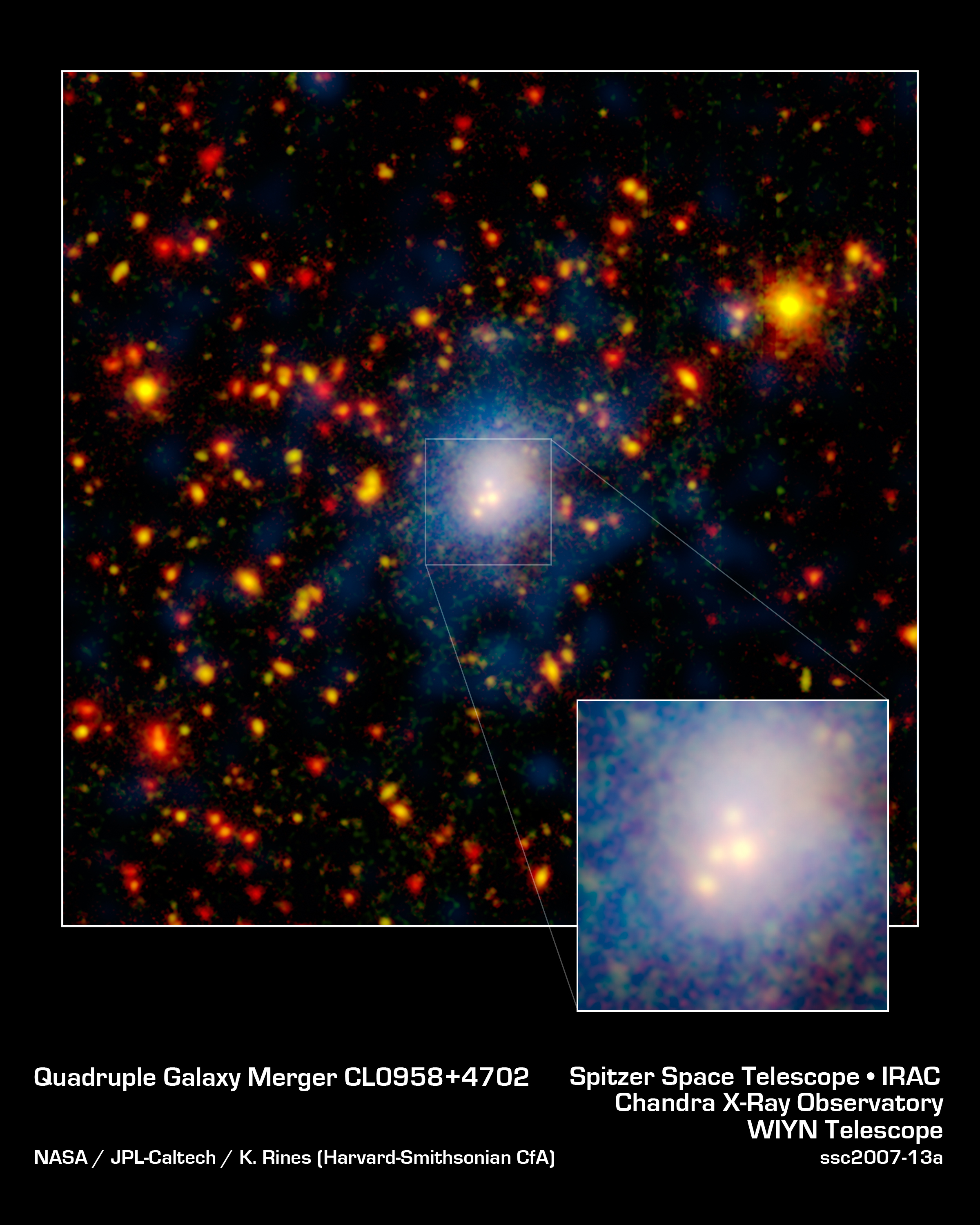
Colliding black holes are not just exotic fireworks; they are the engine room of galaxy evolution. The mass of a galaxy’s central black hole correlates with the motions of stars in the bulge, hinting that feedback from accretion and mergers sculpts the whole system. By tracking collisions, we test whether that link is forged by violent episodes or gentler, steady growth. We also sharpen our understanding of how often galaxies merge, and what that means for when star formation ramps up or shuts down. The result feeds directly into models that predict the cosmic web we see today.
There’s a practical win, too. Gravitational-wave signals from supermassive binaries could serve as standard sirens, helping measure cosmic distances without relying on complex ladders of assumptions. Compared with traditional methods that stack many imperfect steps, a clean waveform is a direct handshake from the source. Marrying that with electromagnetic counterparts would let us map expansion history with fresh eyes. In a field where small biases ripple into big conclusions, that clarity matters.
The Future Landscape
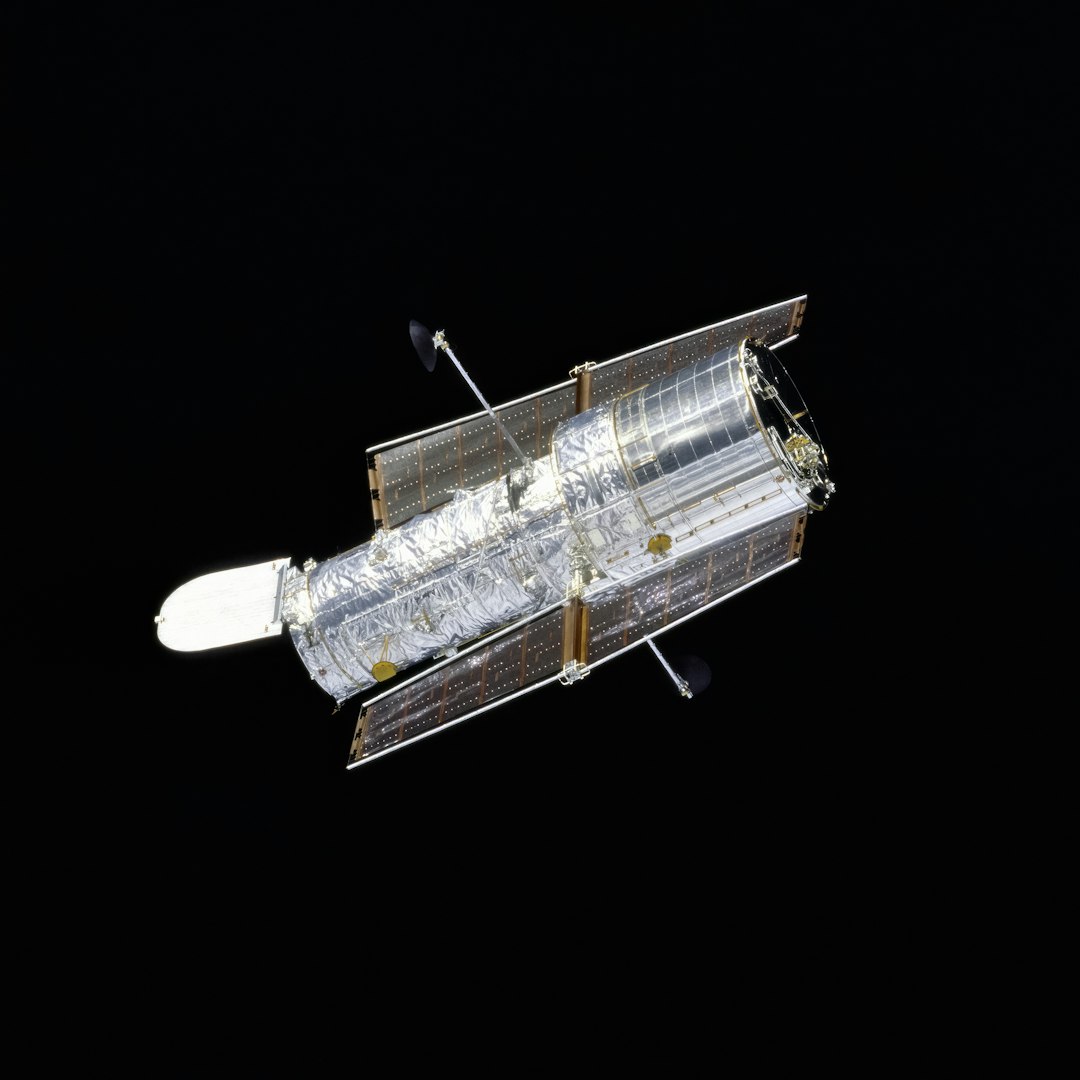
The next decade looks like a synchronized orchestra. Pulsar timing arrays will stretch their baselines and add more precisely timed pulsars, improving sensitivity to the slowest, deepest notes. Space-based detectors planned for the next generation will bridge the middle frequencies where supermassive binaries sing most clearly, turning rumors into resolved sources. Meanwhile, the Rubin Observatory’s nightly sweeps should catch more periodic active galaxies and sudden flares that hint at imminent coalescence. X-ray, radio, and infrared observatories will fill in the thermal and magnetic details.
Data volume will surge, and with it, the challenge of teasing out weak, long-lived signals from noisy skies. Pattern-finding techniques will sift through years of light curves and timing residuals, flagging promising targets for multiwavelength stakeouts. Simulations will grow more realistic, layering magnetized gas, radiation, and relativity to predict signatures we can check against the real sky. The goal is simple and ambitious: catch a supermassive binary in the act, from the first whispered hints to the final hush.
How You Can Engage
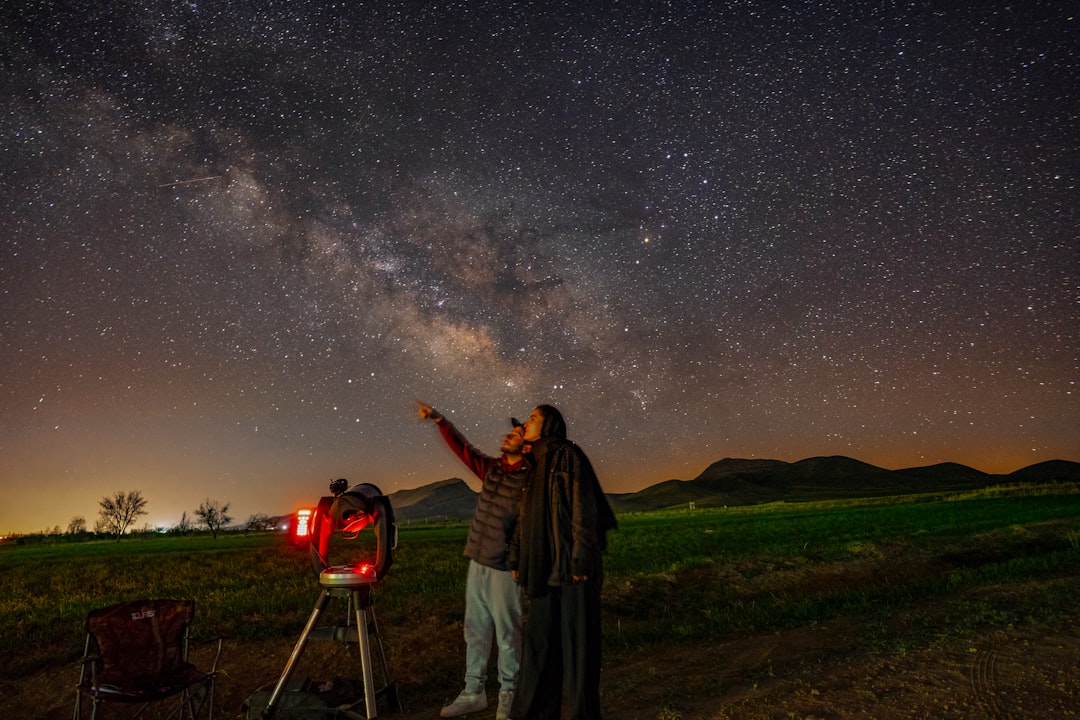
Big science is a community sport, and you can be part of the roster. Support local planetariums and public observatories that translate this complex story into vivid, hands-on experiences. Join citizen projects that classify galaxy morphologies or flag unusual cores, because strange outliers often point to hidden binaries. Advocate for dark-sky protections, since preserving faint signals helps every observatory, from backyard scopes to national facilities. Share accurate explanations when headlines oversell or undersell the risks – mergers are transformative for galaxies, not threats to life across billions of miles.
If you want to follow along, keep an eye on sky surveys and gravitational-wave collaborations as they post new candidates and data challenges. Your curiosity helps sustain the instruments, archives, and classrooms that make sense of the universe’s most secretive crashes. In a cosmos where the loudest events arrive as silent ripples, staying tuned is its own act of discovery. What new note will you be listening for when the next galaxy’s heart skips a beat?

Suhail Ahmed is a passionate digital professional and nature enthusiast with over 8 years of experience in content strategy, SEO, web development, and digital operations. Alongside his freelance journey, Suhail actively contributes to nature and wildlife platforms like Discover Wildlife, where he channels his curiosity for the planet into engaging, educational storytelling.
With a strong background in managing digital ecosystems — from ecommerce stores and WordPress websites to social media and automation — Suhail merges technical precision with creative insight. His content reflects a rare balance: SEO-friendly yet deeply human, data-informed yet emotionally resonant.
Driven by a love for discovery and storytelling, Suhail believes in using digital platforms to amplify causes that matter — especially those protecting Earth’s biodiversity and inspiring sustainable living. Whether he’s managing online projects or crafting wildlife content, his goal remains the same: to inform, inspire, and leave a positive digital footprint.




